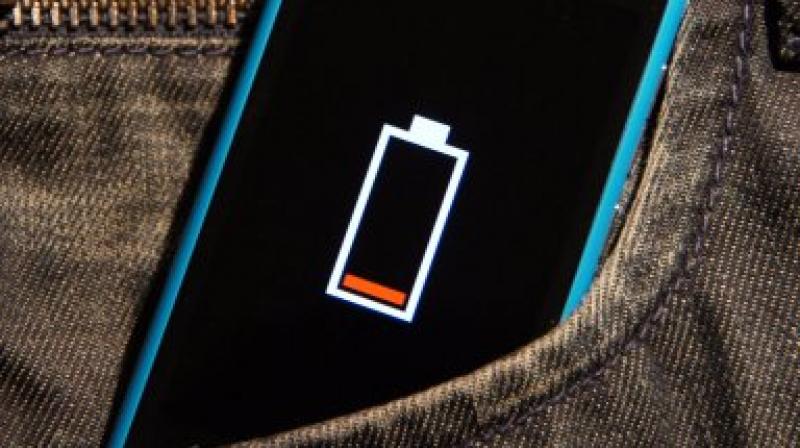Batteries that don't catch fire in the offing
Researchers have found an approach that does not stop overheating from occurring, but is able to prevent fire.

Stanford scientists have found a novel way to introduce flame retardants into lithium ion batteries to prevent fires from occurring in smartphones and other devices.
Reports of phones and hover-boards catching fire due to short circuits in batteries have caused alarm in the personal electronics industry - both by users and manufacturers, researchers said. Until now, engineers have not been able to solve the problem completely.
Researchers at Stanford University in the US have found an approach that does not stop overheating from occurring, but is able to prevent fire.
It involves encapsulating a common flame retardant called triphenyl phosphate in an extremely tiny sheath made of plastic fibres and then inserting several of them into the electrolyte that sits between the anode and cathode.
The sheath keeps the retardant from actually coming into contact with the electrolyte material, which is flammable and the source of most battery fires, 'Phys.org' reported.
However, the plastic fibres in the sheath have a melting point of 160 degrees Celsius - if that temperature is reached, the plastic melts and the retardant is released into the electrolyte quashing a potential fire.
In test devices using their encapsulated flame retardant, the researchers report that the sheaths melted and the retardant was released and merged with the electrolyte in just 0.4 seconds due to which fires were averted.
It is presumed that such an occurrence in a device would initiate a hardware error before the battery stopped working to alert a user to what had occurred, researchers said. The research was published in the journal Science Advances.

